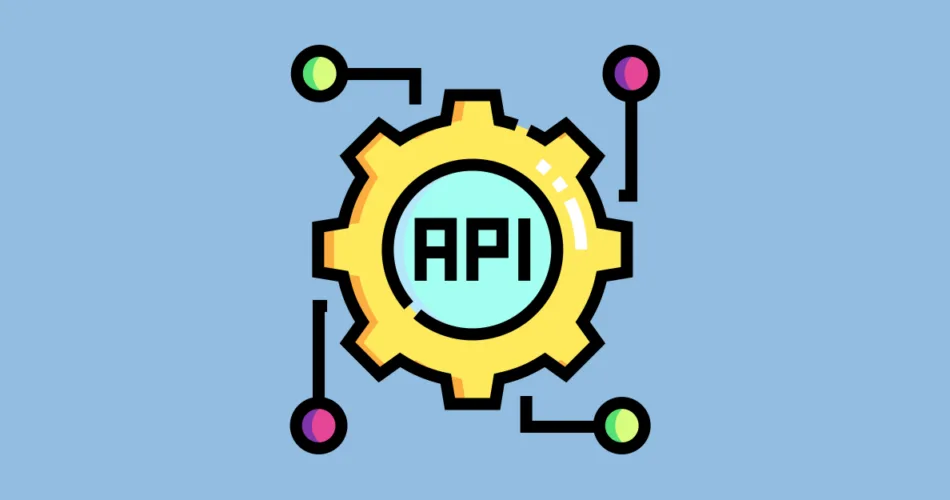CRUD (Create, Read, Update, Delete) operations are fundamental to managing resources in REST APIs. These operations allow clients to interact with resources through well-defined HTTP methods. In this article, we’ll delve into the core CRUD operations in Rest, explaining how to create, retrieve, update, and delete resources, all with Java code examples.
Creating Resources (POST)
Resource creation involves adding a new resource to the server. This is typically done using the HTTP POST method. Key considerations include:
- Use POST: Use the POST method to create a new resource on the server.
- Include Data: Send the resource data as the request body in a format such as JSON or XML.
- Return the Location: In the response, include the URI of the newly created resource using the `Location` header.
// Java Example: Creating a Resource (POST)
@Path("/users")
public class UserResource {
@POST
@Consumes(MediaType.APPLICATION_JSON)
public Response createUser(User newUser) {
// Process and create the user resource
// ...
// Return the response with the Location header
return Response.created(URI.create("/users/" + newUser.getId())).build();
}
}
Retrieving Resources (GET)
Resource retrieval is the act of fetching a resource’s data from the server. This is accomplished using the HTTP GET method. Key points include:
- Use GET: Employ the GET method to retrieve resource data from the server.
- No Request Body: GET requests typically have no request body; they rely on URI parameters and query strings.
- Data Presentation: The server returns the resource data as the response body (usually in JSON or XML).
// Java Example: Retrieving a Resource (GET)
@Path("/users/{userId}")
public class UserResource {
@GET
@Produces(MediaType.APPLICATION_JSON)
public Response getUser(@PathParam("userId") int userId) {
// Retrieve user data
User user = userService.getUserById(userId);
if (user == null) {
// Handle resource not found
return Response.status(Response.Status.NOT_FOUND).build();
}
// Return user data
return Response.ok(user).build();
}
}
Updating Resources (PUT and PATCH)
Resource updates involve modifying an existing resource’s data. This can be done using either the HTTP PUT or PATCH method. Key points to remember:
- Use PUT or PATCH: PUT replaces the entire resource with the new data, while PATCH updates specific attributes.
- Include Data: Send the updated resource data as the request body.
- Return Success: In the response, return an appropriate success status code.
// Java Example: Updating a Resource (PUT)
@Path("/users/{userId}")
public class UserResource {
@PUT
@Consumes(MediaType.APPLICATION_JSON)
public Response updateUser(@PathParam("userId") int userId, User updatedUser) {
// Update the user resource with the new data
// ...
// Return a success response
return Response.ok().build();
}
}
// Java Example: Updating a Resource (PATCH)
@Path("/users/{userId}")
public class UserResource {
@PATCH
@Consumes(MediaType.APPLICATION_JSON)
public Response updateUser(@PathParam("userId") int userId, User partialUpdate) {
// Update specific attributes of the user resource
// ...
// Return a success response
return Response.ok().build();
}
}
Deleting Resources (DELETE)
Resource deletion involves removing a resource from the server. You accomplish this by utilizing the HTTP DELETE method. Key considerations include:
- Use DELETE: Employ the DELETE method to request the removal of a resource.
- No Request Body: DELETE requests typically have no request body.
- Return Success or Status: In the response, return an appropriate success status code or status message.
// Java Example: Deleting a Resource (DELETE)
@Path("/users/{userId}")
public class UserResource {
@DELETE
public Response deleteUser(@PathParam("userId") int userId) {
// Delete the user resource
// ...
// Return a success response
return Response.noContent().build();
}
}
CRUD operations are the foundation of resource management in RESTful APIs. By adhering to these principles, you can create APIs that are both intuitive for clients and maintainable on the server.
Subscribe to our email newsletter to get the latest posts delivered right to your email.


Comments